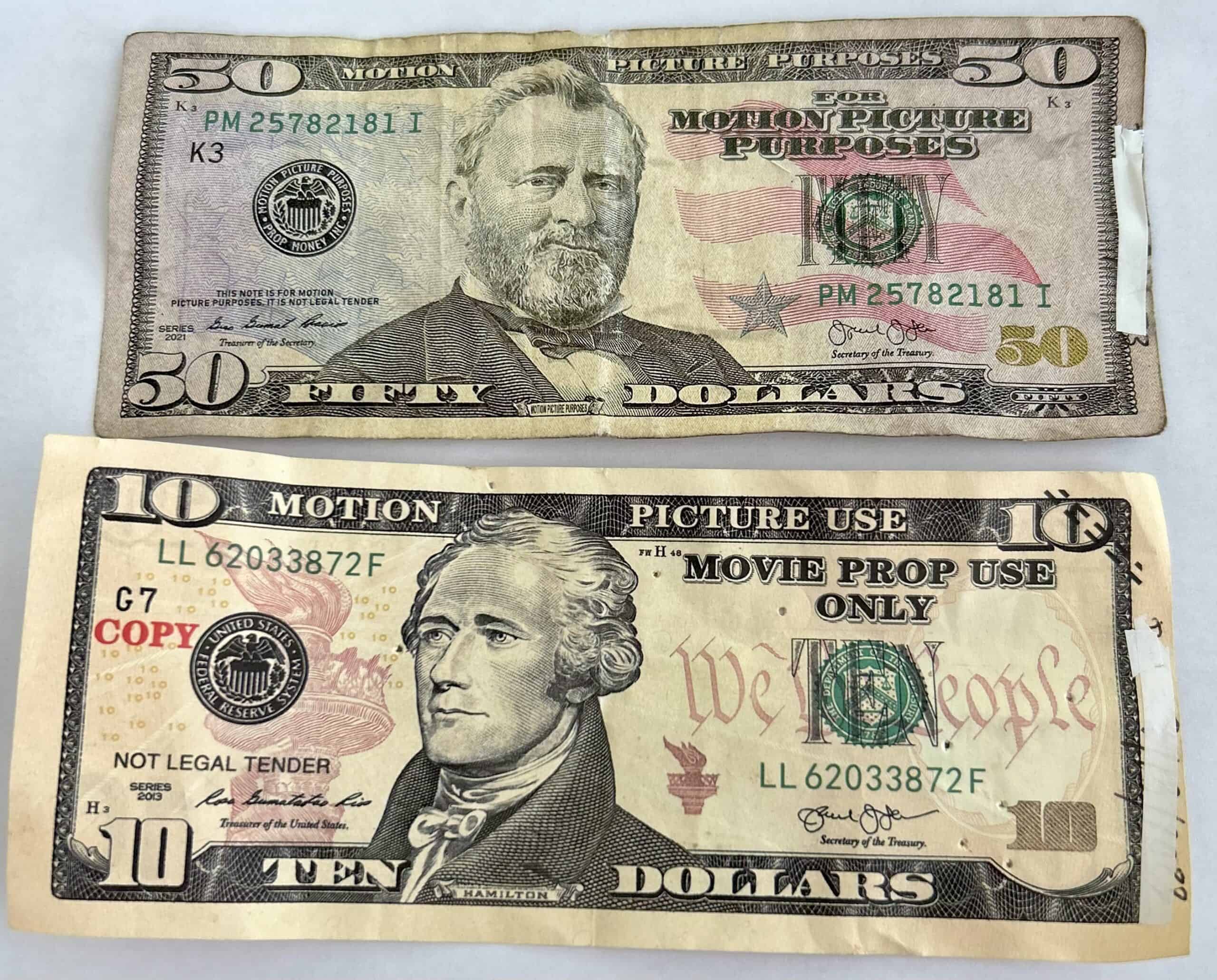Discover usings Funny Money in Artistic Creations and Theatrical Performances
Funny money, commonly synonymous with deceptiveness and illegality, holds a strange allure when it locates its way into the realm of imaginative developments and theatrical performances. Its background is loaded with complicated narratives that have actually inspired musicians to include these reproductions into their jobs. From the visual arts to the significant phase, copyright money has been used in intriguing manner ins which test understandings and provoke thought. As we look into the multifaceted uses funny money in these imaginative domain names, we begin to discover a globe where authenticity and imitation blur, prompting us to examine the actual nature of value and representation within art and performance.

Historic Importance of Imitation Cash in Art
The historic value of copyright money in art is a complicated and fascinating subject that drops light on the crossway of imagination, subversion, and socio-political commentary. Throughout history, musicians have used funny money as a tool for difficult social standards, examining the worth of currency, and making effective declarations regarding riches and power.
Among the most notable instances of funny money in art dates back to the Dada activity of the very early 20th century - copyright money for sale. Artists such as Marcel Duchamp and Hannah Höch included copyright right into their jobs to criticize the capitalist system and explore the concept of worth in a quickly changing globe
Additionally, during times of economic instability or political upheaval, copyright cash has been used by musicians as a type of protest or disobedience. By creating and flowing phony currency, musicians have had the ability to disrupt the standing quo, obstacle authority, and provoke vital conversations concerning the role of money in society.
Influence of copyright Money on Visual Arts
By incorporating fake cash right into their works, artists provoke discussions on the nature of value, authenticity, and societal understandings of wealth. The use of copyright in art also raises ethical considerations concerning the boundaries of artistic expression and the implications of reproducing legal tender. Generally, the effect of copyright currency on aesthetic arts is complex, boosting critical reflections on the intersection of money, art, and social worths.
Meaning and Significance in Theatrical Fake Displays
Using theatrical imitation display screens, artists utilize symbolic depictions to convey deeper definitions and evoke thought-provoking interpretations within the realm of efficiency art. With the incorporation of funny money in staged productions, creators can check out motifs such as greed, power, corruption, and the illusion of wealth. Using phony currency on phase can function as an allegory for social problems, economic differences, and the frailty of economic systems.
In theatrical performances, the symbolic value of copyright money expands beyond its financial worth. It can signify the deceitful nature of appearances, the quest of materialistic desires, and the consequences of underhanded habits. By utilizing funny money as a prop, artists can test audiences to examine truth significance of wealth and the moral limits that people may cross in its search.
Ethical Factors To Consider being used copyright Money for Art

One significant ethical consideration is the prospective legal consequences of utilizing funny money in art. Counterfeiting currency is illegal in many countries and can result in serious consequences for musicians who intentionally integrate fake bills right into their work. copyright money for sale. This not just puts the artist in danger however additionally elevates inquiries concerning advertising unlawful activities via art
In addition, there is an ethical issue relating to the credibility of the artwork itself. Using funny money obscures the line between fact and replica, potentially you could try this out tricking customers and jeopardizing the stability of the artistic piece. Artists must think about whether using imitation cash lines up with their values and imaginative intentions, considering the possible influence on their credibility and reliability.
Future Patterns in copyright Cash Combination
Considering the advancing landscape of artistic expression, the unification of funny money in imaginative works might witness a change in the direction of innovative and provocative methods. As artists continue to push borders and explore brand-new mediums, funny money could increasingly be used to challenge social norms, examine the worth of money, or make effective statements regarding wealth and consumerism.
One future pattern in copyright money combination can be its usage in immersive art installations where audiences are encouraged to connect with the pieces, obscuring the lines in between truth and impression. Additionally, advancements in technology might result in the production of hyper-realistic funny money that is virtually identical from real money, opening up possibilities for even more detailed and elaborate art work.
Additionally, partnerships between artists and counterfeiters can result in unique items that incorporate typical imaginative strategies with the craftsmanship of creating funny money. Moral factors to consider bordering find the validity and morality of using phony money in art will continue to be a point of contention as these future fads unravel.
Conclusion
To conclude, the uses of copyright cash in artistic developments and staged efficiencies have a long background and continue to provide motivation for artists. From its historical relevance to its influence on visual arts and symbolism in try this website staged displays, funny money plays an unique function in the art world. Ethical considerations should be taken right into account when making use of copyright cash for imaginative functions. The assimilation of copyright in art is most likely to continue developing in the future.
In general, the influence of copyright money on visual arts is complex, promoting crucial representations on the crossway of money, art, and social values.

In final thought, the usages of imitation cash in imaginative productions and staged performances have a long history and continue to be a resource of ideas for musicians. Moral factors to consider have to be taken right into account when making use of phony money for innovative objectives. The integration of fake cash in art is likely to proceed advancing in the future.
Comments on “Open Opportunities: Where to Locate Funny Money available for sale”